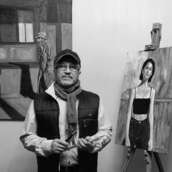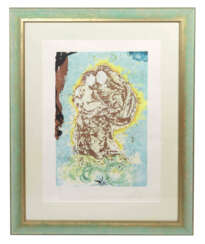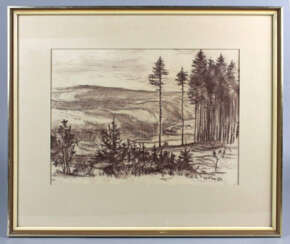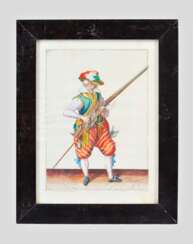61 Items by auctions and galleries:
rahmen (29
"Ожидание" / ПРОДАНО
Artur Isayan (b. 1960)  Shop Isayan Artur
Shop Isayan Artur

Artur Isayan
13.02.1960
Armenia
Place of birth - Armenia
Accommodation:
Russia, Estonia, Georgia, Armenia, Ukraine, Belgium, Netherlands, France, Germany
Education:
Higher education
Individual exhibitions in:
Russia (Moscow), Ukraine (Kiev, Odessa), Armenia (Yerevan), Belgium (Turnhout, Antwerpen, Brussels)
The art works are in private collections in Russia, Armenia, Ukraine, Belgium, France, Netherlands, Germany, Great Britain, United Arab Emirates, USA, Georgia
Место рождения - Армения
Проживание:
Россия, Эстония, Грузия, Армения, Украина, Бельгия, Нидерланды, Франция, Германия
Образование:
Высшее образование
Индивидуальные выставки в:
Россия (Москва), Украина (Киев, Одесса), Армения (Ереван), Бельгия (Тюрнхаут, Антверпен, Брюссель)
Работы находятся в частных коллекциях России, Армении, Украины, Бельгии, Франции, Нидерландов, Германии, Великобритании, Объединенных Арабских Эмиратов, США, Грузии.

Artist shop
Isayan Artur
Armenia
Number of products: 105
Merz Kaspar Heinrich 1806-1875
Kaspar Heinrich Merz (1806 - 1875)  Shop Artkunst
Shop Artkunst

Kaspar Heinrich Merz
07.05.1806 - 29.07.1875
Austria, Switzerland
Kaspar Heinrich Merz was a Swiss draftsman and copper and steel engraver. From 1821, with the help of "a few patrons", he was "apprenticed" to the copper engraver Johann Jakob Lips in Zurich for four years. He also worked as an engraver for the magazine Historical Entertainment. Merz had also acquired a reputation for his color engravings, some of which he created over years of individual work.

Shop
Artkunst
Germany
Number of products: 144
Lot 1657 Thomas Heeremans
Thomas Heeremans (1641 - 1694)  A195: Internationale Kunstauktion — Teil 2
A195: Internationale Kunstauktion — Teil 2 

Thomas Heeremans
1641 - 1694
The Netherlands
Thomas Heeremans was a Dutch painter and art dealer. He is known for his landscapes of winter scenes, cityscapes, harbor scenes, beach views, river views and village scenes. He was influenced by Klaes Molenaer, a slightly older painter also from Haarlem.

Kunstauktionshaus Schloss Ahlden GmbH
A195: Internationale Kunstauktion — Teil 2
Date: 06.12.2025 10:00 UTC +01:00
Number of lots in the catalog: 1053






































































